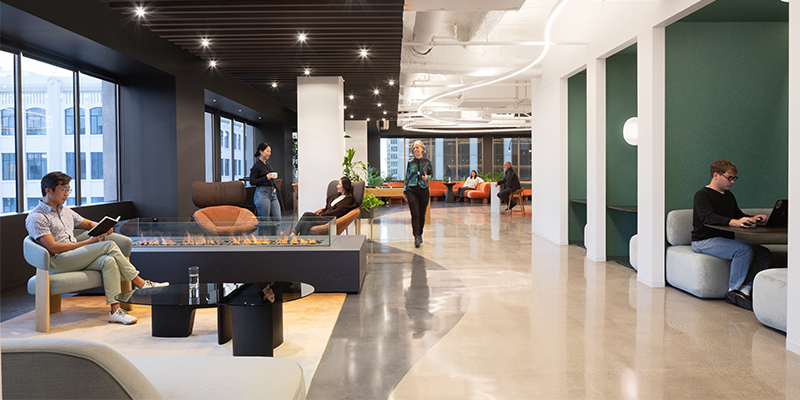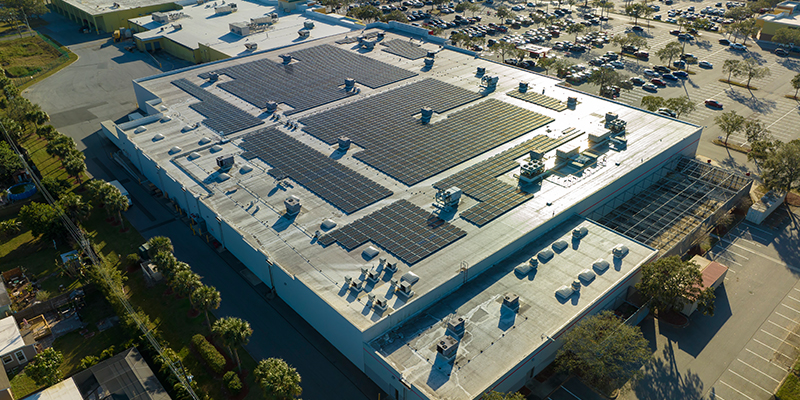“We cannot possibly talk about the overall economy without first discussing inflation,” opened Michael Seiler, DBA, during a NAIOP webinar this week. The Consumer Price Index (CPI) is up 7.7% over last year, reaching a 40-year high midyear. The mechanism to prevent that, he said, is interest rate hikes, of which there have been six in 2022.
“The problem with hiking rates is that it will help inflation, but at the same time it dampens the economy,” noting that it’s a tightrope walk that could threaten to stall the economy.
Cash infused into the bank accounts of millions of Americans who received funds through the CARES Act and other financial assistance programs during the pandemic, coupled with reduced spending as people primarily stayed home, has resulted in higher levels of savings than in previous years. The stockpiling of this money has contributed to higher inflation rates, Seiler said, and he expects to see rate hikes continuing in the near term.
Seiler, J.E. Zollinger Professor of Real Estate & Finance, College of William & Mary, and Hany Guirguis, Ph.D., Professor, Economics & Finance, Manhattan College, author the NAIOP Office Space Demand Forecast, issued twice per year by the NAIOP Research Foundation.
The national office market absorbed 6.6 million square feet of office space during the second and third quarters of 2022, but completion of new office space has outpaced absorption. As a result, vacancy rates climbed to 17.1% – the highest level since 1993. An appetite for modern, high-quality office properties that supports space flexibility and helps attract and retain talent is driving new development.
Seiler said the key to resolving space demand relies on four steps: “First workers go back to the office, then firms can make leasing decisions, followed by liquidity and the price discovery process.” He noted that uncertainty in the first step – workers returning to the office – is the biggest challenge.
In New York City, average office utilization is still below 50%, and employers will continue to offer hybrid work schedules particularly in urban areas with heavier traffic and longer commute times. This type of hybrid schedule leads to changes in how office space is used, such as reallocating private office space for more collective work areas and adopting shared desk arrangements.
Sieler said a long-term increase in hybrid and remote work will reduce demand for office space, but that should be more than offset in coming years by employment growth in office-using industries.
Guirguis outlined the forecast for the next eight quarters, through the end of 2024. With consideration given to current trends and concerns about a potential recession in 2023, net office space absorption in the fourth quarter of 2022 is forecast to be 7.1 million square feet, with absorption in 2023 forecast to slow to 8.1 million square feet for the entire year. Moving forward, the forecast projects that absorption in the first three quarters of 2024 will total 13.3 million square feet.
He outlined potential risks to the U.S. office market include global and domestic inflation, excessive corporate debt, and geopolitical threats that could affect the supply chain and government policies.
“We don’t expect to see a collapse of the market,” he said. “We expect to see modest growth that will depend heavily on the state of the economy, global issues and war, and improvements in the supply chain.”
NAIOP members can view the recorded webinar, presented Dec. 6, at no cost.








